I use the Http.Current.Cache to store various values retrieved from my database because my app is to data-intensive. When running my website on my new laptop with VS2017 install (on another laptop with VS2015 I never see this problem), I'm seeing a very strange issue where cached values seem to be randomly cleared- almost in a way to defies logic.
For instance, I have an if clause whose condition is that the cache item in question is not null. My code is definitely following the path through this if statement, but a couple of statements later the debugger shows that the cache item is in fact null- causing my app to fail.
public static SportSeason GetCurrentSportSeason(string sportCode)
{
SportSeason sportSeason = null;
string key = "Sheets_SportSeason_" + sportCode;
int i = 0;
if (BaseSheet.Settings.EnableCaching && BizObject.Cache[key] != null)
{
i = 1;
sportSeason = (SportSeason)BizObject.Cache[key];
}
else
{
i = 2;
sportSeason = GetSportSeasonFromSportSeasonDetails(SiteProvider.Sheets.GetCurrentSportSeason(sportCode));
BaseSheet.CacheData(key, sportSeason);
}
if(sportSeason == null)
{
int j = i;
}
return sportSeason;
}
I can set a breakpoint in the final if and the variable i is set to 1, but the sportSeason object is NULL (as is the cache entry). How can this be when the only way the code could have entered the first if clause is if the cache item was not null?
Here is a screenshot showing some watch variables with a breakpoint in the final if.
This is tough to track down because it happens randomly throughout my business objects. Sometimes I have to refresh the page 3 or 4 times before I see this issues.
How can the cache be invalidated so quickly, and by what? The screenshot shows that there aren't many cached items, so I don't think I'm running out of memory. And no other processes are running which could be clobbering the cache.
EDIT: Through more debugging I've determined that only the cache key that is checked on Line 91 is cleared (set to null) when it is checked again at the breakpoint. All of the other cache records are still there.
EDIT2: I've isolated the problem down to this, although it still seems to defy logic:
HttpContext.Current.Cache.Insert("ABC", "123", null, DateTime.Now.AddSeconds(600), TimeSpan.Zero);
int i = 0;
I clear all my cache. When I step over the Cache.Insert statement, my cache count goes to 1. However, the cached item according to that key remains null (see watch window).
Also, if I execute one more statement (the int i = 0), the cache count goes back to zero.
Edit3: It's the AbsoluteExpiration parameter of the Insert() that is killing me. Somehow a clock is off.
If I set the AbsoluteExpiration to 5 hours into the future (300 minutes), it doesn't work. If I set it to 5 hours and one minute (301 minutes) into the future, everything works.
HttpContext.Current.Cache.Insert("ABC", "123", null, DateTime.Now.AddMinutes(301), TimeSpan.Zero);
The clock on my laptop is 100% accurate and you can see the Intellisense shows the correct time as well. Can the cache be based off of some other clock that is 5 hours off?
Edit4: Looks like someone else is off by 5 hours.


